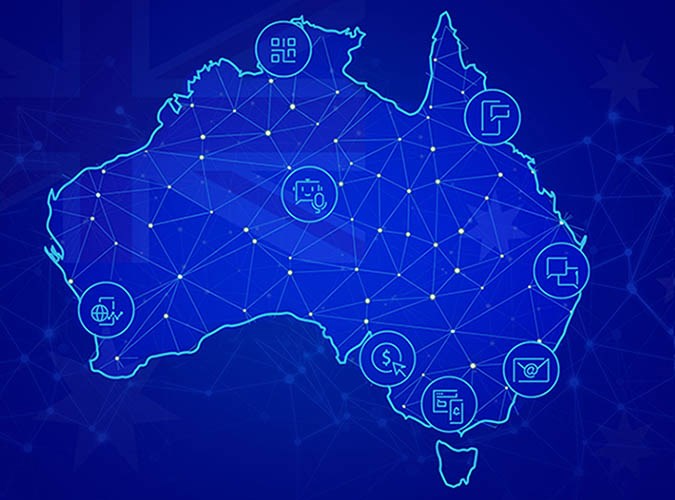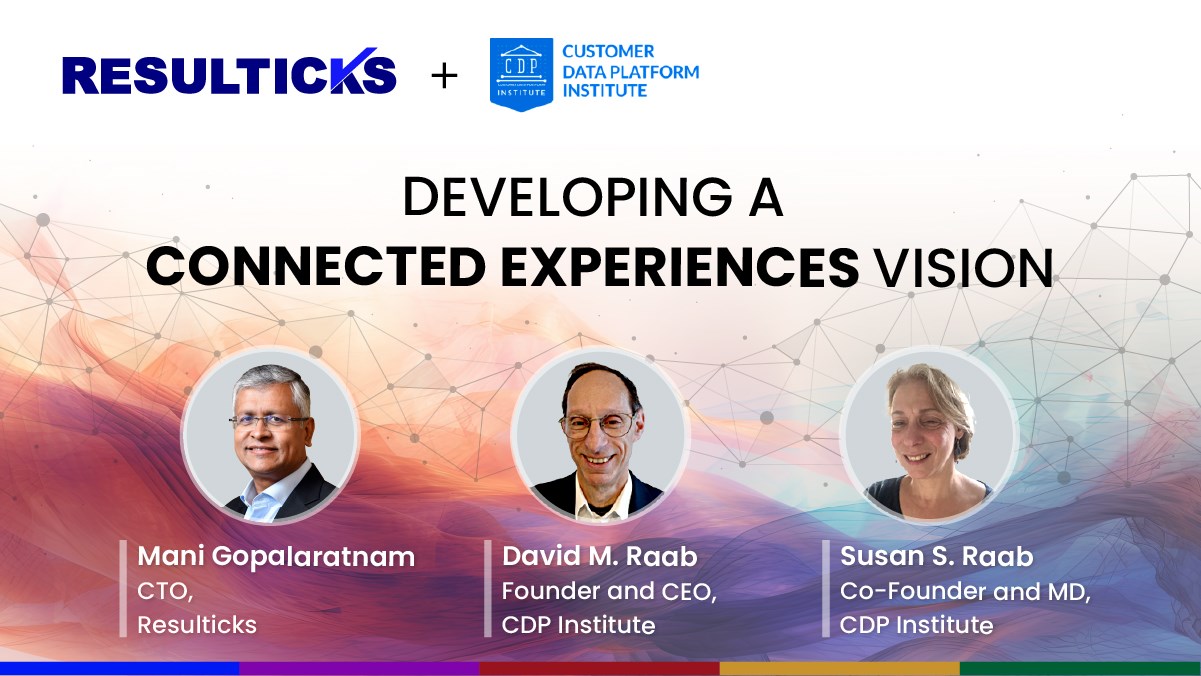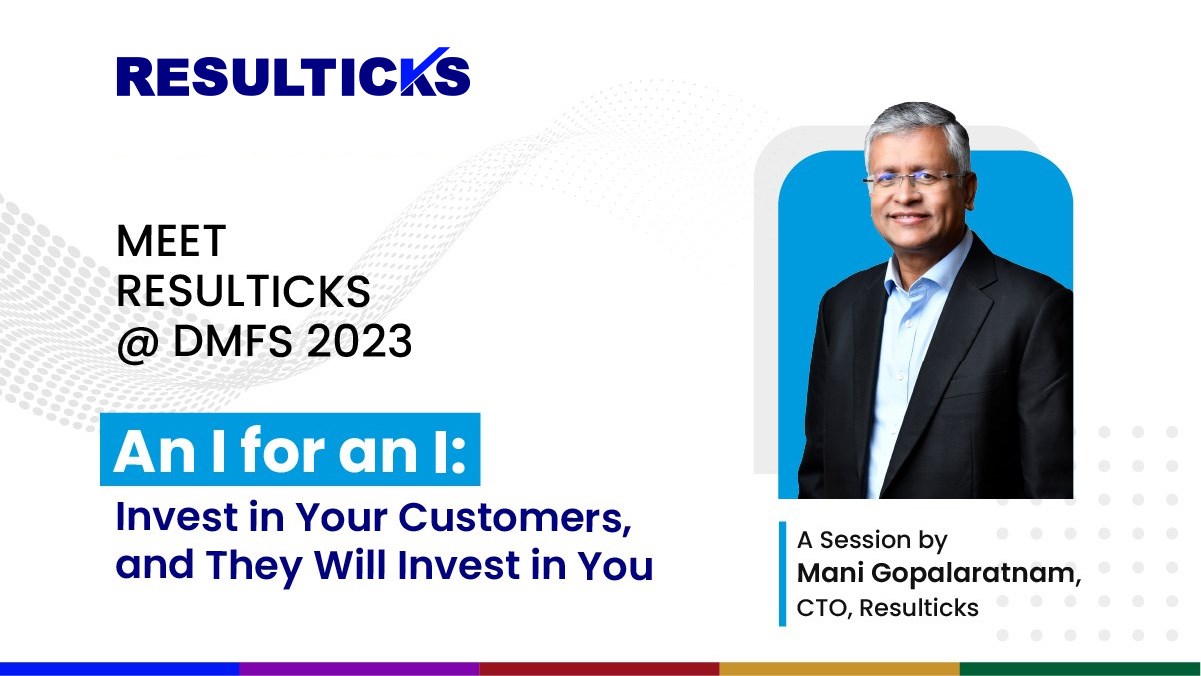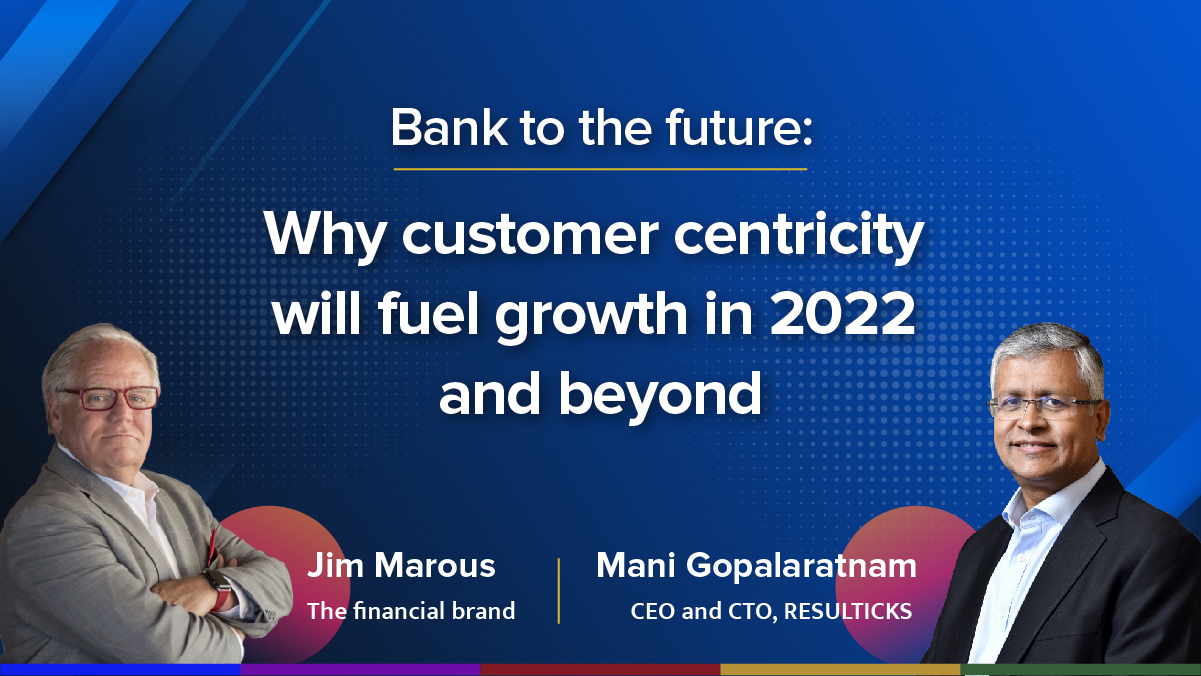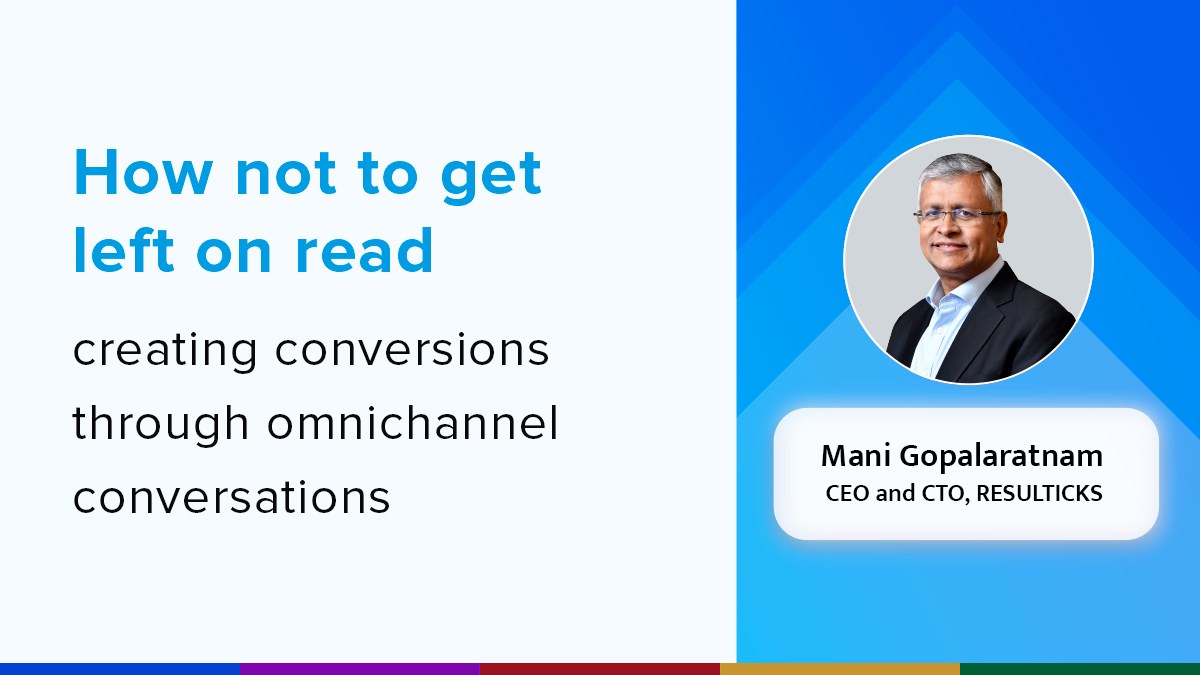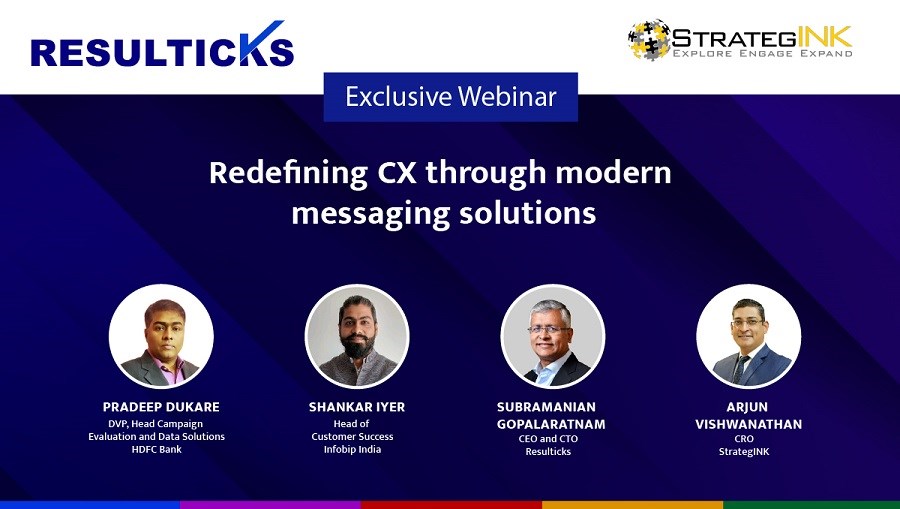Summary:
- Evolving consumer demands in Australia have necessitated a new approach beyond cookie-cutter methods
- Layered processes such as marketing attribution and data consolidation require ideal strategy and tools
- Omnichannel marketing can enable real-time interactions with consumers for ideal customer engagement
For most brands and businesses in Australia, gone are the days of “spray-and-pray” marketing campaigns that became widespread with the recent rise of consumerism.
Compared with today’s more sophisticated methods, that old approach required a much higher level of financial investment for far less impact in terms of sales attribution and return on investment.
Channels by the numbers
- The average person is exposed to between 4,000 and 10,000 marketing messages each day, and the B2B or B2C path to purchase today is no longer linear.
- Around 80% of consumers revisit each stage of the buying journey more than once, according to research from Gartner.
- 90% prefer personalized communications from brands—provided they have either bought from them previously and/or are willing to provide their personal details.
Ideally, brands would have the right kind of data to deliver relevant messages at their fingerprints, to break through the clutter, and make each consumer touch point deeply personal and relatable. This could help illustrate that they truly know the individual at the segment-of-one level, strengthen the customer relationship, and drive conversions and customer loyalty.
With the rapid advancement and the widespread adoption of digital technology over the past decade, there has been a proliferation of online media and digital channels including websites, blogs, social media, digital assistants, QR codes, apps, and more.
Omnichannel optimization
New technologies have allowed brands to create more products and content with high efficiency and at a lower cost, opening up a whole new world of opportunities for marketers to grow their businesses. However, many face the challenge of managing customer engagement across multiple isolated marketing channels, and trying to piece together siloed data from various devices, platforms, and business units.
This has further complicated the already challenging task of marketing attribution, thereby thwarting efforts to nurture customers with individualized journeys on the path from awareness to purchase.
Thus, in recent years, we have seen a paradigm shift, with Australian businesses looking to successfully implement omnichannel marketing to deliver a seamless experience for each customer.
Omnichannel marketing allows businesses to interact with their customers as they move across channels and devices of their choice. It enables brands to engage in real-time conversations with customers that evolve with their individual needs and facilitate a seamless, contextually relevant journey, boosting top-line growth and consumer delight alike—a win-win!

